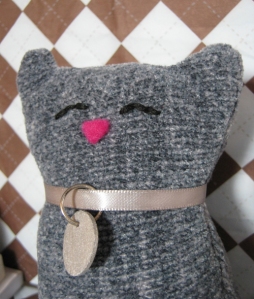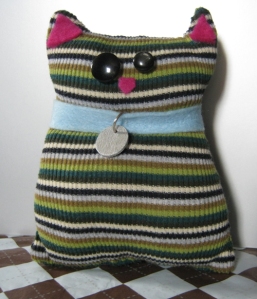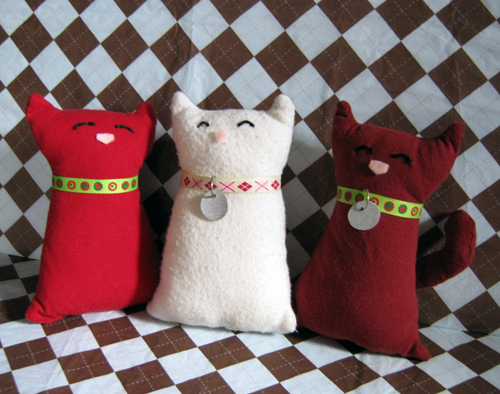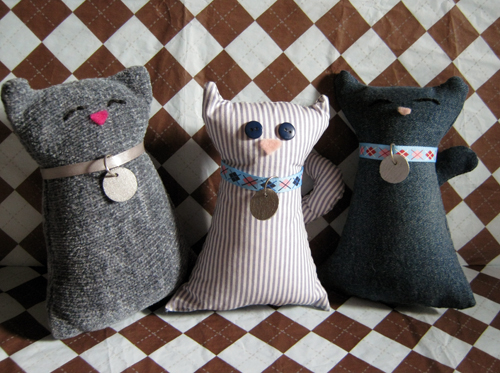
It’s time for an airing of the grievances over the English language. We’re fighting a war over grammar here on the Internet. Those of us who care about the language are constantly suppressing urges to correct people or we’re posting tweets and statuses with complaints about recent encounters with sloppy usages, which in turn incites a mix of commiseration and defense.
As someone with life-long hearing difficulties, I get cranky when other people show blatant disregard for the written word. When I was in grade school, I always aced my spelling and language classes. Even on spelling test day, when were were made to write the week’s spelling words in the form of sentences, which the teachers would read aloud for context. Thanks to my creative hearing, the subject matter of my sentences were occasional experiments in surrealism, but the words were always spelled correctly.
English is an evolving beast. How we read English now wasn’t quite how it was read two or three hundred years ago and might be entirely different in three hundred more. Or it might circle back around on itself and be exactly the same as today. We’re forever altering it to fit our own needs, ripping it apart and gluing it back together. We steal words from other languages and bungle up the pronunciations. We invent new words and change around the meaning to old words. We use language to connect as well as to alienate.
My particular trouble is not with the evolution of language. We live in the future, and as such we are party to the invention of new words. We need those new additions to the lexicon to describe all of these items and experiences that did not previously exist. And of course we’ll lose antiquated terms which have no place in modern society. But we’re also mucking about with perfectly legitimate words with little reason. I’m ambivalent about portmanteaus, the blending of two words to make a new word. Most of them don’t serve a real purpose but they are silly. And I do love silly. I also like to verb nouns for an occasional giggle. What I am adamantly against is the unnecessary abbreviation of words. Honestly, what does “totes adorbs” convey that “so cute” (or even “soooo cute”) doesn’t, aside from a subliminal craving for cupcakes? Are these abbreviations saving time? What do you gain by saying “cray cray” in place of crazy? Because you’re losing my respect.
Abbreviations and shorthand have been around for centuries. Even legitimate words have always been shortened. Like legit. And lab, info, memo, fax, vet, abs, ammo, limo, mix, max, and typo. I’m sure you can now think of thousands more. We used to associate the abbrev-ing of lang with crunchy-coiffed dude-bros who were going out of their way to seem hip. Texting and the 140-character limit allowed stuff like “natch” and “sitch” and “sesh” and “whatevs” to seep into common vernacular. We’re also using text abbreviations in spoken language. People now say LOL and OMG and WTF without irony. How long before people start saying IMHO or AFAIK or TTYL instead of “in my humble/honest opinion,” “as far as I know,” and “talk to you later”?
The Internet has played a large role in the recent evolutionary phase of English as she is typed. We’ve adopted some text lingo, which was to be expected given regular exposure and widespread use of it. We’ve also been exposed to the grammar habits of our nearest and dearest. People we communicated with only on holidays via greeting cards and social gatherings are now integrated into our daily newsfeeds and we’re inundated with their inanities. Some people, whom we once admired, come across as less than respectable with a slew of status updates and comments littered with typos and misplaced punctuation.
There is no legitimate excuse for typographical errors on the Internet. Typing on your phone? Use an app. I wanted to use “hors d’oeuvres” in a status update, as one often does, and instead of bungling the spelling and excusing it with an “or however you spell it, lol,” I simply typed my potential misspelling into Google, verified my error, and copy/pasted the correct spelling into my status. Voila! The Internet is here to help you, but it will mock you if you resist its assistance. I’m willing to let some things slide in personal emails and similar correspondence. But if you’re posting something that will be seen by multiple strangers, maybe you take a few moments to proofread.
A popular defense of typos or grammatical errors is “Oh, you know what I meant.” Of course I know that you mean “definitely” when you type “definately” or “defiantly.” Do I excuse your lack of care simply because I understood it anyway? Look, I get that language isn’t everyone’s strong suit. Maybe you’re gifted in other ways. I’m terrible at math. And a lot of science. And you probably shouldn’t ask me about any of the countries in Asia or Africa.
We’re being conditioned to believe that if there isn’t a red squiggle under it, it must be correct. Which is why we’re subjected to the “there, their, they’re” and “your and you’re” mix-ups. We expect our technology to catch our mistakes and fix it, which is why many people still rely on auto-correct. And why we have Damn You Auto-Correct. The dudes over at Reddit or Fark should start circulating new (possibly crude) definitions for all the variants of definitely. Maybe “definately” now means “monkey fondling.”
This is the tl;dr (too long; didn’t read) era. People can’t be bothered to read an entire article, much less proofread their hasty replies in the comment section. Can we really expect people to carefully craft clever Facebook responses? “Like” buttons and Hallmark cards serve the similar purpose of allowing people to express a sentiment without necessitating actual thought. Shouldn’t that be enough? Perhaps my problem lies not with the abuse of language but in the absence of thoughtful consideration.







 Instructions:
Instructions:




